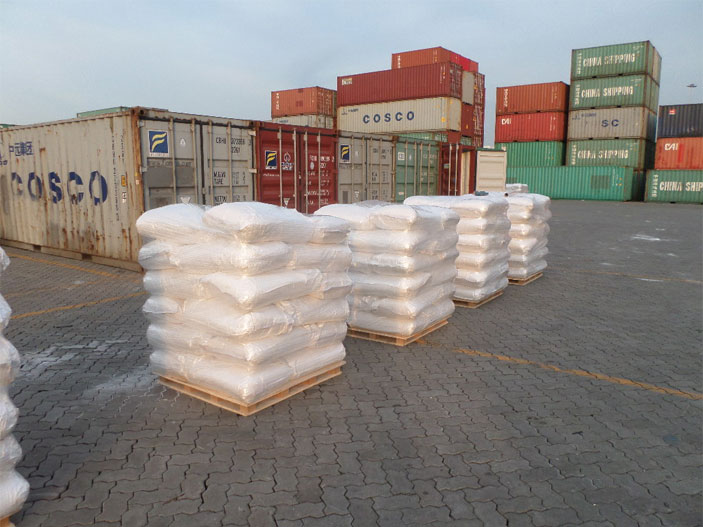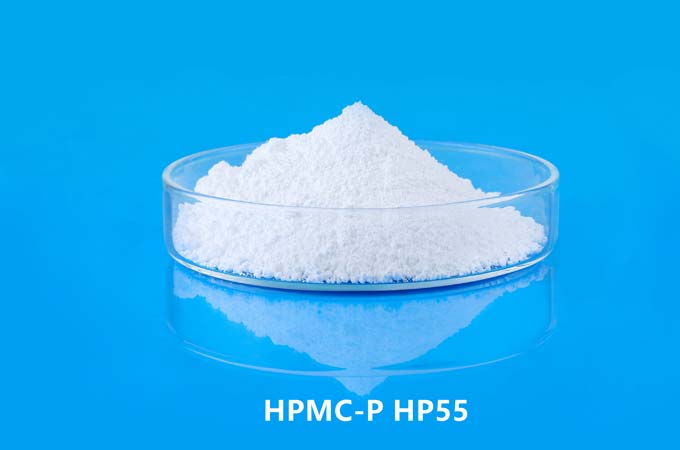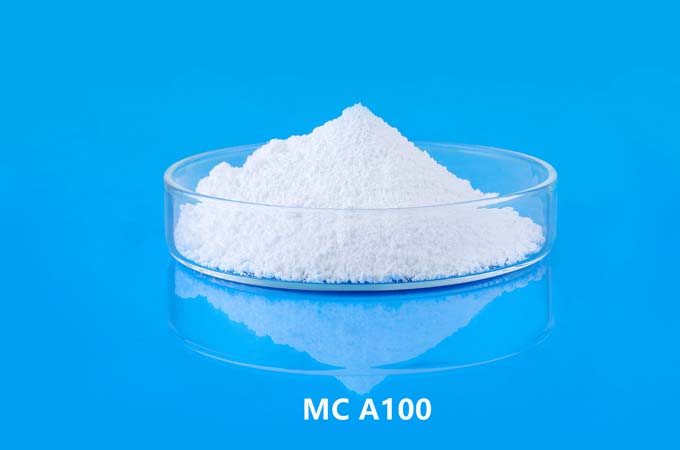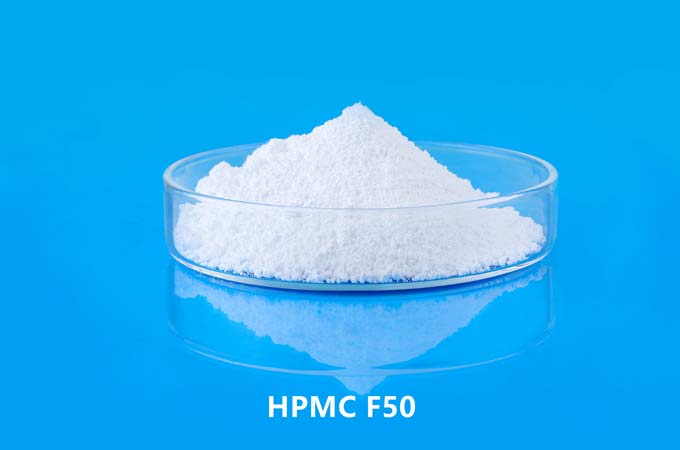Sodium Carboxymethylcellulose (CMC) is a versatile and essential additive used in various industries, including the petroleum sector. In the petroleum industry, CMC finds numerous applications due to its unique properties, which include thickening, stabilizing, suspending, and controlling fluid flow. This extensive range of properties makes CMC an indispensable component in various drilling, completion, and production processes. In this comprehensive article, we will explore the various uses of Sodium Carboxymethylcellulose in the petroleum industry.
1. Introduction to Sodium Carboxymethylcellulose (CMC)
Sodium Carboxymethylcellulose, commonly referred to as CMC, is a water-soluble polymer derived from cellulose, a natural biopolymer found in plant cell walls. It is produced by the chemical modification of cellulose using sodium chloroacetate, leading to the formation of carboxymethyl groups. The degree of substitution (DS) of CMC indicates the number of carboxymethyl groups introduced per anhydroglucose unit in the cellulose chain.

2. Properties of Sodium Carboxymethylcellulose
Before delving into the uses of CMC HV and CMC LV in the petroleum industry, let's explore its essential properties that make it suitable for various applications:
2.1. Water Solubility: CMC is highly water-soluble and forms clear and viscous solutions at low concentrations.
2.2. Viscosity: CMC exhibits pseudo-plastic rheological behavior, meaning it reduces viscosity with increasing shear rates, making it suitable for drilling fluid applications.
2.3. Thickening Agent: CMC acts as an efficient thickening agent, providing enhanced stability to drilling fluids and suspending solids.
2.4. Salt Tolerance: CMC retains its functionality in the presence of salts, making it ideal for use in brine-based fluids.
2.5. pH Stability: CMC remains stable in a broad pH range, allowing its use in various drilling environments.
3. Uses of Sodium Carboxymethylcellulose in Petroleum Industries
In the petroleum industry, CMC is employed in several critical applications, such as drilling, completion, cementing, and enhanced oil recovery (EOR) operations. Let's explore each of these applications in detail:
3.1. Drilling Fluids
Drilling fluids, commonly known as muds, are essential for the drilling process. They serve multiple purposes, including lubricating the drill bit, cooling and cleaning the drill bit, and providing wellbore stability. CMC plays a vital role in drilling fluids as follows:
3.1.1. Rheology Modifier: CMC acts as a rheology modifier, adjusting the viscosity of the drilling fluid to control its flow properties. It prevents excessive fluid loss and enhances borehole stability, reducing the risk of well collapse.
3.1.2. Fluid Loss Control: CMC functions as a fluid loss control agent, forming a thin, impermeable filter cake on the wellbore walls. This prevents drilling fluids from filtrating into the formation, reducing formation damage and improving well productivity.
3.1.3. Shale Inhibition: CMC helps inhibit the swelling of clay-rich formations (shales) by encapsulating the clay particles and preventing them from dispersing into the drilling fluid.
3.1.4. Suspension Agent: CMC aids in suspending drill cuttings in the drilling fluid, facilitating their removal from the wellbore.
3.1.5. Environmental Compatibility: CMC is environmentally friendly and biodegradable, making it a preferred choice over synthetic additives in sensitive drilling operations.
3.2. Completion Fluids
Completion fluids are used during well completion operations, such as perforation, gravel packing, and stimulation. CMC serves the following purposes in completion fluids:
3.2.1. Carrier Fluid: CMC is often used as a carrier fluid for carrying proppants during hydraulic fracturing operations.
3.2.2. Gelling Agent: CMC can be used to create gels for controlling fluid loss during fracturing or gravel packing operations.
3.2.3. Fracturing Fluids: CMC is added to fracturing fluids to enhance viscosity, which helps in proppant transport and ensures the proppants stay in place to prop open fractures.
3.2.4. Viscosity Stabilizer: CMC helps stabilize viscosity in high-temperature and high-salinity environments, preventing premature fluid breakdown.
3.3. Cementing Additive
Cementing is a critical process during well construction, where cement is pumped into the wellbore to isolate and stabilize the casing and protect the formation. CMC is utilized in cementing operations in the following ways:
3.3.1. Fluid Loss Control: CMC is used to control fluid loss during cement slurry placement, ensuring efficient cement distribution and zonal isolation.
3.3.2. Stabilizer: CMC stabilizes cement slurries at high temperatures and prevents segregation and sedimentation of cement particles.
3.3.3. Set Retarder: CMC acts as a set retarder, delaying the cement's setting time, allowing sufficient time for proper cement placement.
3.4. Enhanced Oil Recovery (EOR)
Enhanced Oil Recovery (EOR) techniques are employed to increase the recovery of hydrocarbons from reservoirs after primary and secondary recovery methods have been exhausted. CMC finds applications in certain EOR processes:
3.4.1. Chemical Flooding: In chemical flooding processes like polymer flooding, CMC is used as a mobility control agent. It reduces the mobility of injected water, enabling better sweep efficiency and increased oil recovery.
3.4.2. Surfactant Flooding: CMC can be added to surfactant formulations to improve their stability and enhance their performance in surfactant flooding EOR processes.
3.5. Lost Circulation Control
Lost circulation occurs when drilling fluids escape into highly permeable formations, leading to reduced drilling efficiency and increased costs. CMC is used to address lost circulation issues by forming bridging materials to seal off fractures and regain control over drilling fluids.
4. Conclusion
Sodium Carboxymethylcellulose (CMC) is a highly versatile and valuable additive in the petroleum industry, finding applications in drilling, completion, cementing, and enhanced oil recovery operations. Its water solubility, thickening properties, salt tolerance, and pH stability make it an ideal choice for various challenging drilling environments. The use of CMC in the petroleum industry has significantly improved drilling efficiency, wellbore stability, and oil recovery, making it an indispensable component in modern drilling practices.
In conclusion, Sodium Carboxymethylcellulose plays a crucial role in enhancing drilling operations, maximizing well productivity, and ensuring the efficient recovery of hydrocarbons from reservoirs. Its continued utilization in the petroleum industry is a testament to its effectiveness and versatility, making it an essential additive for the foreseeable future.
 English
English 日本語
日本語 français
français Deutsch
Deutsch Español
Español italiano
italiano русский
русский português
português العربية
العربية Türkçe
Türkçe Nederland
Nederland




